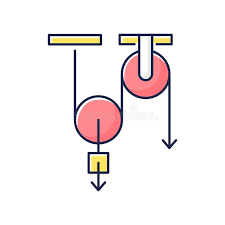
E1-Astronomy
Students are first given a brief introduction to the phenomena of the universe as seen in different scales of space. They are also encouraged to perform simple astronomical observations and measurements. Through these processes, they can acquire experimental skills, and become more familiar with the concept of tolerance in measurement. A brief historic review of geocentric model and heliocentric model of the universe serves to stimulate students to think critically about how scientific hypotheses were built on the basis of observation.
Kepler’s third law and Newton’s law of gravitation are introduced with examples of astronomy. Kepler’s third law for circular orbits is derived from the law of gravitation and concepts of uniform circular motion, including centripetal acceleration. Besides the motion of planets, moons and satellites, latest astronomical discoveries can also serve as examples to illustrate the applications of these laws.
The concepts of mass and weight are applied. Feeling weightlessness in a spacecraft orbiting the Earth is explained in terms of the fact that acceleration under gravity is independent of mass.
The expression for gravitational potential energy can be obtained from the law of gravitation and work-energy theorem. Motions of artificial satellites are explained by the conservation of mechanical energy in their orbits. The meaning of escape velocity, together with its implications for the launching of a rocket, are introduced.
TIn the last part of this topic, students are exposed to astronomical discoveries, including the basic properties and classification of stars and the expansion of the universe. As only a simple, heuristic and qualitative understanding of these topics is expected, students are encouraged to learn actively by reading popular science articles and astronomical news – which promotes self-directed learning. Also, oral or written presentation of what they have learned may serve to improve their communication skills.
What are you waiting for?
Let's contact our tutor Ben Sir
 DSE Ben Sir
DSE Ben Sir